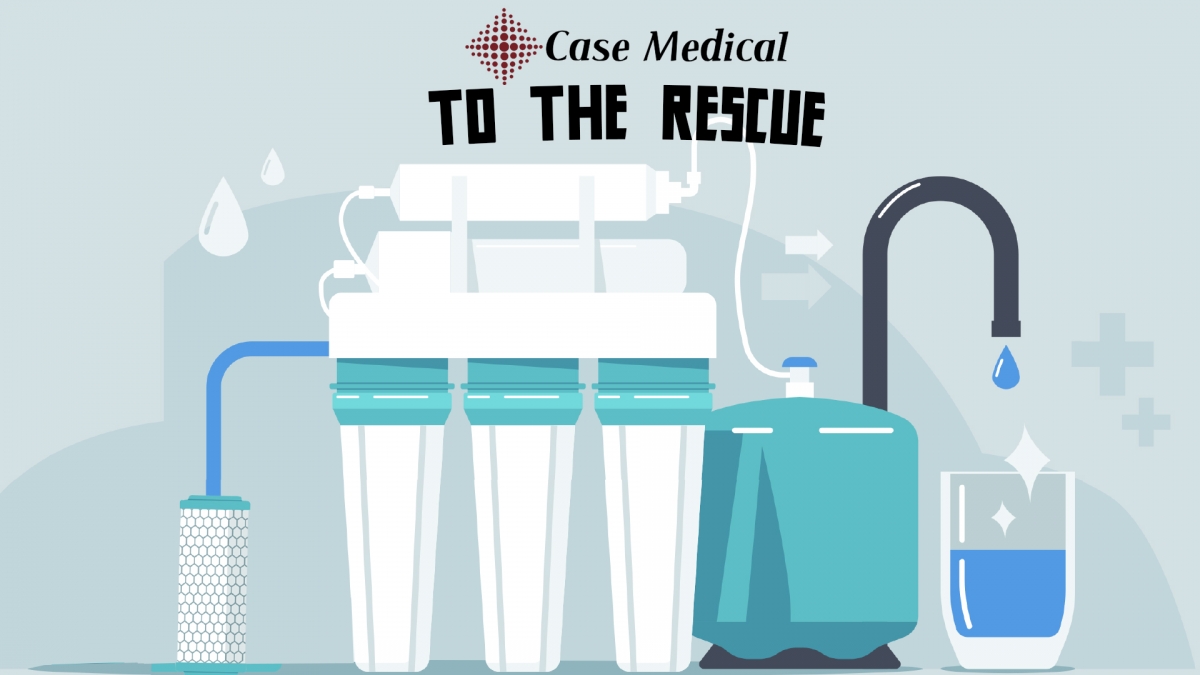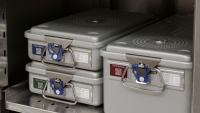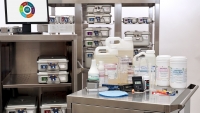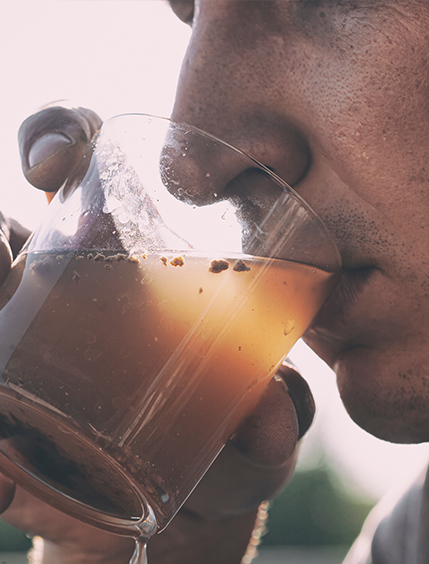
Not all water is safe to drink, nor to reprocess medical devices
According to the CDC, public water is regulated but can sometimes get contaminated. With water shortages in the West, depleting reservoirs, and flooding here in the Northeast from too much rain and clogged sewer pipes, we find that we not only have to monitor the water quality in our manufacturing facility, but also keep an eye on the drains in our neighborhood. In health care facilities, water is critical for patient care and for cleaning, rinsing, and sterilizing medical devices. Recently, I attended an AAMI Working Group where monitoring water quality was discussed. The proposed requirements were so detailed and time consuming, I wondered how anyone in SPD would have the time to do so or to understand the requirements without a crash course in microbiology, chemistry or lab sciences to do it. Read more to discover an easy way to monitor water quality and treat your water at the same time.
Water, the universal solvent, must be monitored
Water quality can affect us in so many ways and without proper treatment and monitoring. There is no reason to expect that the water we drink or use in health care settings is safe. At Case Medical, we have four industrial RO water treatment centers for production purposes, to run our autoclave, to clean our parts and final products, and to manufacture our certified instrument chemistries. We learned several years ago that filtration and reverse osmosis (RO) is just about the best way to produce pure, high-quality water. We were previously using DI water treatment for production purposes when we discovered that the conductivity of the water spiked to over 1600, way beyond any acceptable level. We learned that without filtration the water coming into our building was bringing along sediment, contaminants, and even road salts after the winter months applied to avoid ice buildup.
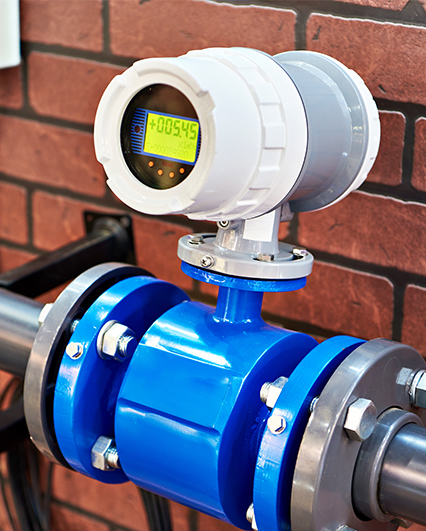
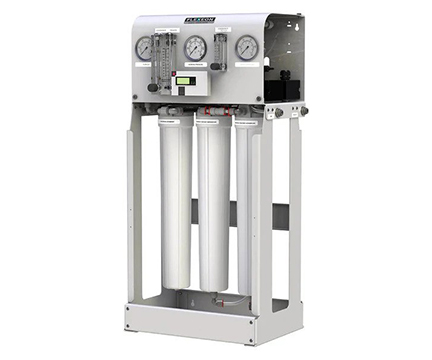
What we do when things go wrong
We investigated the issue and found that besides distillation the very best option for high quality water treatment was to install an RO water system to replace the DI equipment we were using at the time. Afterall, an RO water treatment system uses filtration, not chemical additives, and is not only pure but anti-microbial, too. The issue for us was that installing an RO system can be very expensive and we had a need for several. Membrane replacement can be costly and if a pre-filter is not put in place, what should be a yearly maintenance task can become a once-a-month necessity.
The solution
Pre-filters can remove the bulk of contaminants before reaching the RO membranes. Using a whole building filtration system removes particulate matter and sediment coming in from the town water supply. So where does monitoring come into the equation? Most RO water systems have mechanical read outs that can help us decide when maintenance and membrane changes are needed. But membrane changes are expensive and if you have no baseline, that can be risky. This is where we found the solution was pre-filtering to keep the RO membranes clean, and for baseline monitoring, too. The facility pre- filter we installed removed most of the particulate matter, and by using a clear see- through housing we can monitor when the filter is dirty, at the beginning of the line, before it even reaches the critical RO water systems.
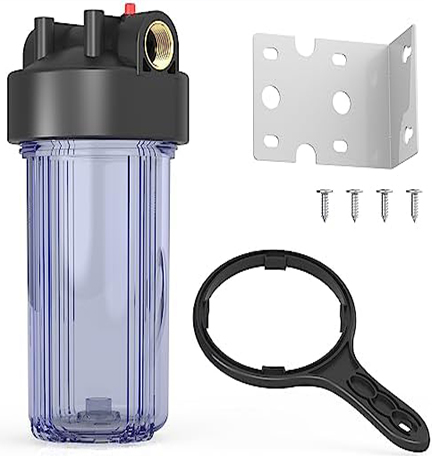
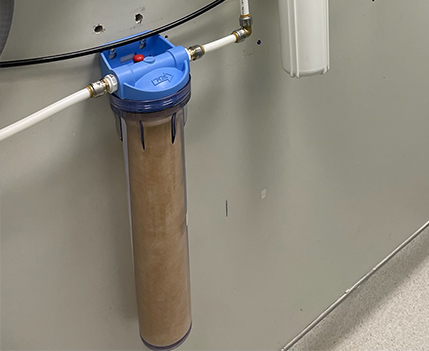
Here’s our recipe for success
Filter the water and monitor at the same time. Install a pre-filter with a clear housing as the first step in water treatment. Now, you can see when the pre-filter needs to be changed for routine maintenance. Track the frequency. Add it to your maintenance schedule. Avoid the unnecessary expense and costly charges associated with changing membranes in your RO system. Install a pre-filter you can use as a low-cost consumable. You can even buy them at Home Depot. Best yet, is you can avoid the weekly maintenance and the expense of bags of salt required for water softeners and resin needed for DI treatment.
Be environmentally savvy
Avoid water softening entirely. Eliminate chemical treatment and additives such as media or resin. Avoid water softening systems that pollute and can contribute to corrosion and low temp sterilization failures. Cancel the weekly bags of salt, a consumable, which creates sludge and pollutes our waste-water stream. Monitor using a read out on your RO system to track total dissolved solids (TDS) and use a pre-filter you can see to monitor the cleanliness of your water treatment system. At Case Medical, we look for simple, innovative solutions to complex problems.

We have more cost effective and sustainable ideas to share. Contact us with any questions or concerns, we are here to help. Please share your ideas on any other ways that Case Medical can come to the rescue with safer products, education, and innovative solutions.
Visit us anytime at www.casemed.com to learn more about our products and services. We are here to help.
Kindest Regards,


